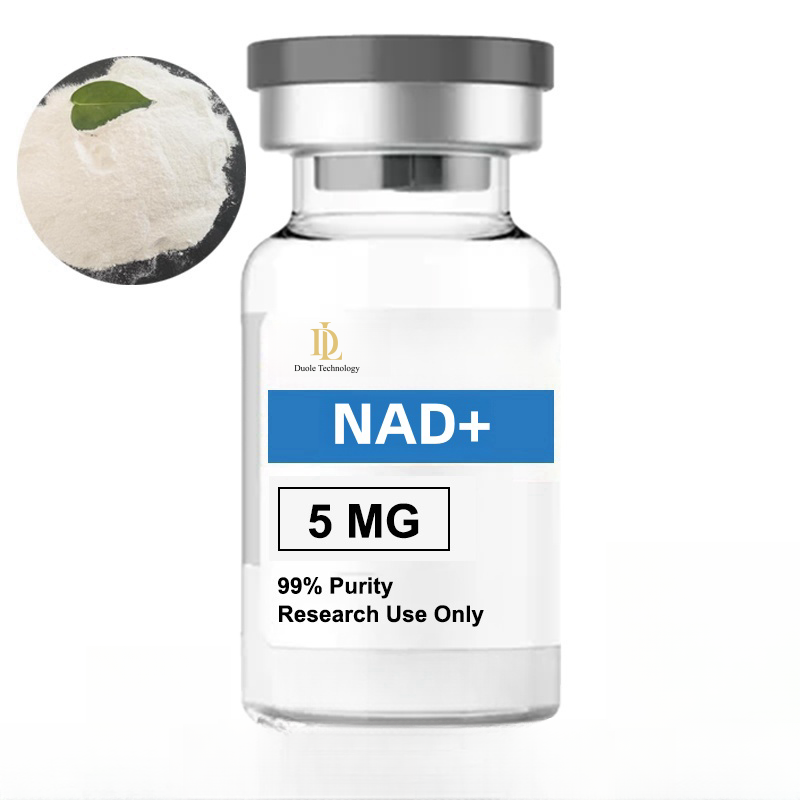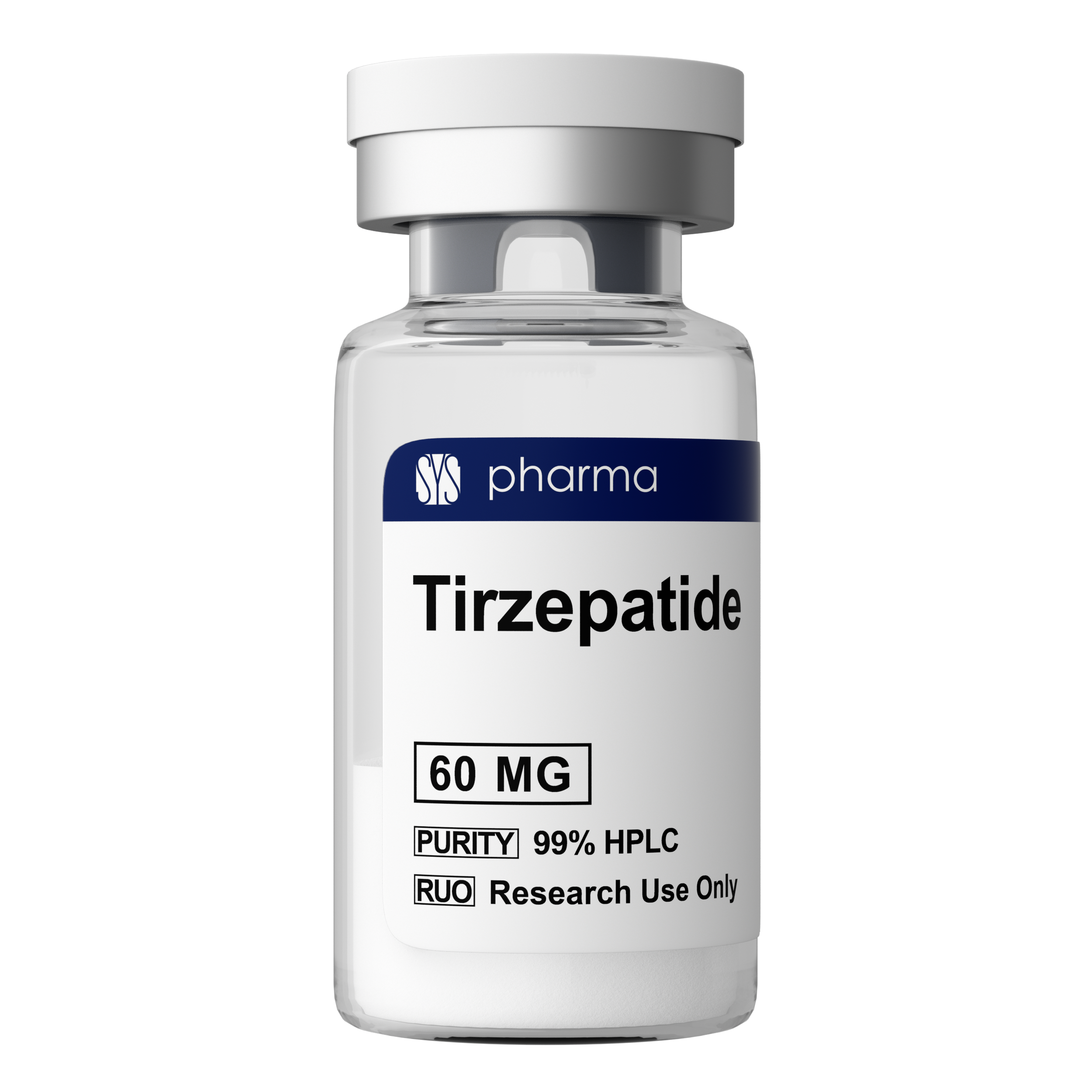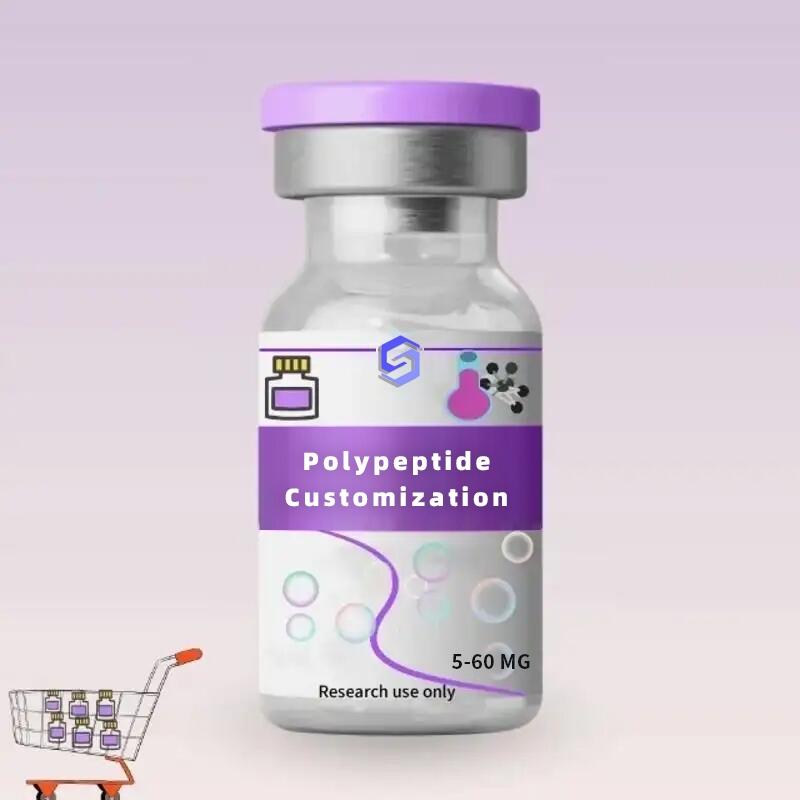-
Categories
-
Pharmaceutical Intermediates
-
Active Pharmaceutical Ingredients
-
Food Additives
- Industrial Coatings
- Agrochemicals
- Dyes and Pigments
- Surfactant
- Flavors and Fragrances
- Chemical Reagents
- Catalyst and Auxiliary
- Natural Products
- Inorganic Chemistry
-
Organic Chemistry
-
Biochemical Engineering
- Analytical Chemistry
-
Cosmetic Ingredient
- Water Treatment Chemical
-
Pharmaceutical Intermediates
Promotion
ECHEMI Mall
Wholesale
Weekly Price
Exhibition
News
-
Trade Service
8-Chloro-1-octanol is a synthetic chemical compound that is commonly used in the production of various consumer goods, including cleaning agents, perfumes, and flavorings.
It is synthesized through several different methods, each of which involves a unique set of chemical reactions.
In this article, we will explore the various synthetic routes that are used to produce 8-chloro-1-octanol.
One of the most common methods of synthesizing 8-chloro-1-octanol involves the use of the Williamson ether synthesis.
This reaction involves the treatment of an alcohol with a strong acid and an alkylhalide (such as chloride) in the presence of a Lewis base catalyst, such as dimethylformamide or pyridine.
The resulting product is then treated with a metal hydroxide, such as sodium hydroxide, to neutralize the acid and produce the desired ether.
Another synthetic route for 8-chloro-1-octanol involves the use of the Grignard reaction.
This reaction involves the treatment of an alkyl halide with magnesium metal in the presence of a polar protic solvent, such as ether or an alcohol.
The resulting Grignard reagent is then treated with a nucleophile, such as water or an amine, to produce the desired ether.
This reaction is typically carried out in a well-ventilated area, as the magnesium metal can be highly reactive and may ignite in air.
A third synthetic route for 8-chloro-1-octanol involves the use of a halogen exchange reaction.
This reaction involves the treatment of an alkyl halide with a stronger halogen, such as chlorine or bromine, in the presence of a Lewis acid catalyst, such as sulfuric acid or phosphoric acid.
The resulting product is then treated with a reducing agent, such as lithium aluminum hydride, to reduce the halogen and produce the desired ether.
In addition to these synthetic routes, it is also possible to produce 8-chloro-1-octanol through the use of biotechnological methods.
This involves the use of microorganisms, such as bacteria or yeast, to convert raw materials into the desired product.
This method is becoming increasingly popular due to its lower environmental impact and the fact that it often produces fewer by-products and waste materials.
Overall, the synthetic routes for 8-chloro-1-octanol are diverse and can vary depending on the specific conditions and reagents used.
However, regardless of the method used, the end product is a versatile and valuable synthetic building block that is widely used in a variety of industrial applications.







